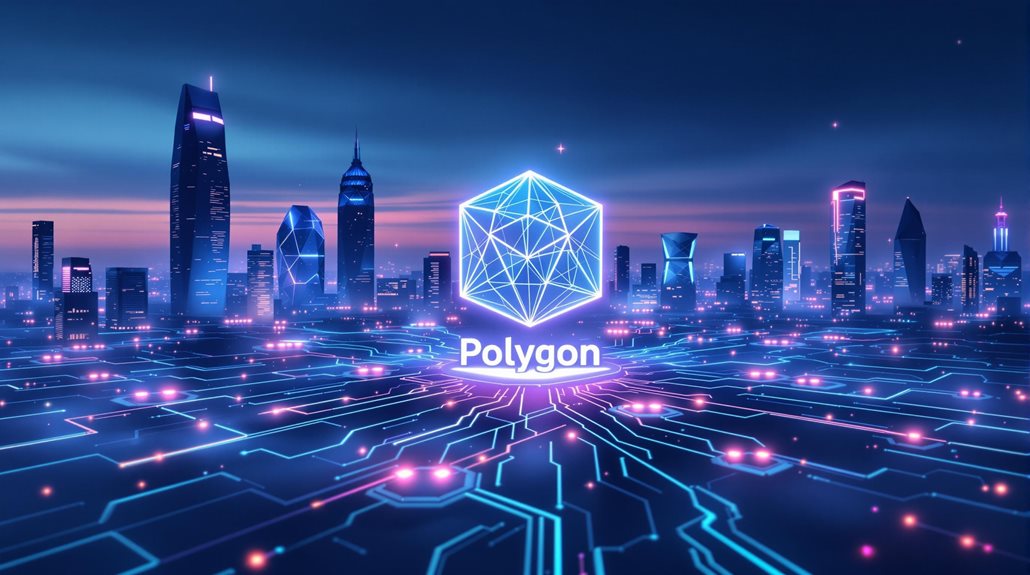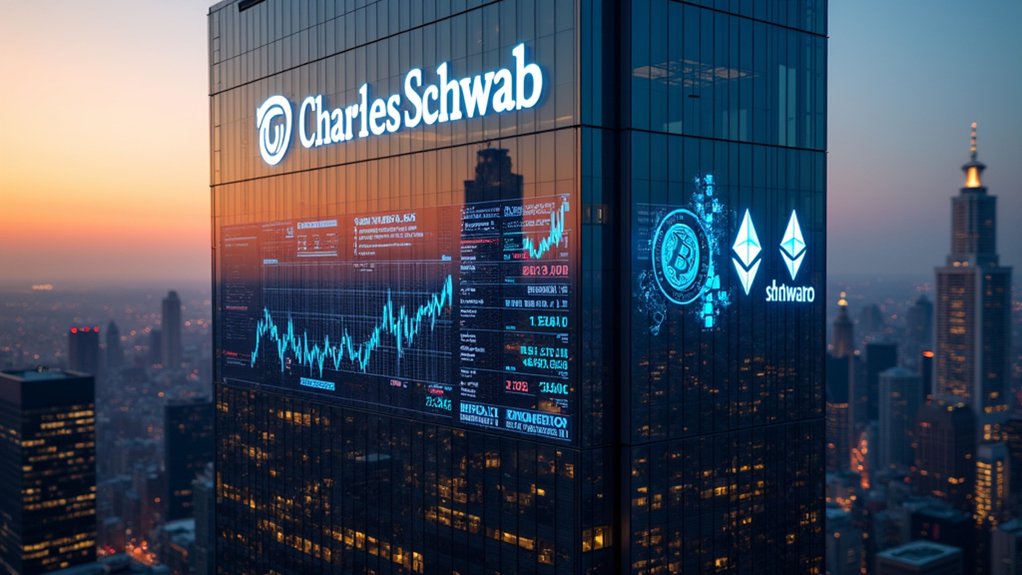Polygon (POL) is a blockchain platform that works alongside Ethereum to make cryptocurrency transactions faster and cheaper. It's like a highway system that helps reduce traffic on Ethereum's network, allowing up to 65,000 transactions per second. Originally called Matic Network, Polygon uses proof-of-stake technology and supports various applications, from NFTs to gaming. The platform's growing ecosystem and technical features make it a crucial player in the crypto world.

Polygon, previously known as Matic Network, is a Layer 2 scaling solution built to improve Ethereum's capabilities. Launched in October 2017, it addresses common blockchain challenges like slow transaction speeds and high fees. The network aims to make blockchain technology more accessible and efficient for everyday users.
At its core, Polygon uses a modified proof-of-stake consensus mechanism that allows it to process up to 65,000 transactions per second. That's considerably faster than many other blockchain networks. The platform also keeps transaction fees low, making it more affordable for users to interact with various blockchain applications. These features have attracted major brands like Decentraland and MakerDAO since its 2020 launch. The network maintains a total supply cap of 10 billion tokens.
The network's native cryptocurrency, POL (formerly MATIC), plays several important roles in the ecosystem. It's used to pay for transaction fees and participate in network governance. Users can also stake their POL tokens to help secure the network. In September 2024, the token changed from MATIC to POL, though it maintains its status as an ERC-20 token compatible with Ethereum. The project's transformation included establishing the Polygon Labs company in 2023 to strengthen its organizational structure.
Polygon's technology enables developers to create and connect different blockchain networks. The platform employs a modular architecture that breaks down complex blockchain functions into smaller, manageable components. It's compatible with the Ethereum Virtual Machine (EVM), which means developers can easily port their Ethereum-based applications to Polygon. This compatibility has helped attract many projects to the platform, from decentralized finance (DeFi) protocols to NFT marketplaces and blockchain games.
The platform has become particularly important in the Web3 space, especially after Ethereum's shift to proof-of-stake. It serves as a bridge between Ethereum and other blockchain networks, making it easier for different systems to communicate and work together. Developers can build custom blockchains on Polygon, tailoring them to their specific needs while still maintaining a connection to Ethereum's security and ecosystem.
Many popular decentralized applications have chosen to build on Polygon due to its scalability and low costs. The network has become a hub for NFT trading, gaming, and various DeFi activities. It continues to evolve and adapt to the needs of the cryptocurrency community, focusing on making blockchain technology more practical and accessible for everyday use.
The platform's infrastructure supports a growing ecosystem of applications while maintaining the security and decentralization that blockchain users expect. Its ability to handle high transaction volumes while keeping costs low has made it an attractive option for both developers and users in the cryptocurrency space.
Frequently Asked Questions
How Secure Is Polygon Compared to Other Blockchain Networks?
Polygon's security is quite strong, thanks to its connection with Ethereum's proof-of-stake system.
It's got multiple layers of protection, including validators who check transactions and special checkpoints that link back to Ethereum.
While it's not perfect and has some weak spots, like potential centralization issues, it's generally considered more secure than many standalone blockchains.
It's also faster than Bitcoin and more scalable than most competitors.
Can I Stake Polygon Tokens, and What Are the Rewards?
Yes, anyone can stake Polygon (POL) tokens through various methods.
Users can delegate tokens to validators, stake directly as validators, or use exchanges like Coinbase. The minimum stake is 1 POL token.
Staking rewards typically range from 4% to 20% annually, paid in POL tokens. There's an unbonding period of 3-10 days when unstaking.
Ethereum gas fees apply for staking transactions, and rewards need to be claimed manually.
Which Major Companies and Projects Have Partnered With Polygon?
Polygon has secured partnerships with many major companies across different industries.
Meta (Facebook) and Adobe have integrated Polygon for social media applications.
Starbucks built its Web3 loyalty program on Polygon, while Disney chose it for their accelerator program.
The NFL and Ticketmaster use Polygon for NFT projects.
Financial giants like JPMorgan and Coinbase have also partnered with Polygon.
Big brands like Nike and Mercedes-Benz are exploring its blockchain solutions.
What Makes Polygon Different From Other Ethereum Scaling Solutions?
Polygon stands out from other Ethereum scaling solutions through its flexible, multi-chain approach.
It's like having different lanes on a highway – developers can choose the type of blockchain that works best for them. They can pick between ZK-rollups, optimistic rollups, or standalone chains.
Polygon's also fully compatible with Ethereum's tools and apps, making it easy for developers to move their projects over.
Its PoS system makes transactions faster and cheaper.
How Does Polygon Handle Network Congestion During Peak Trading Times?
Polygon handles busy network times with a smart fee system that lets users choose how fast they want their transactions processed.
It's like choosing between economy and express shipping.
The network uses technologies called ZK rollups and optimistic rollups to process transactions off the main chain, which helps reduce congestion.
When traffic gets heavy, users can pay higher fees for faster processing or choose cheaper options if they're not in a rush.





